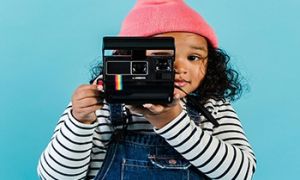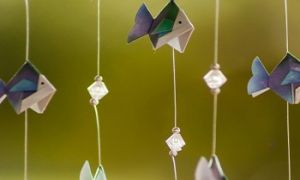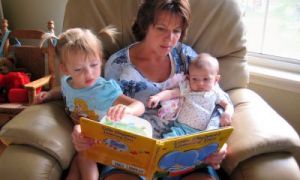While reflecting it forces us to analyse different aspects of experiences we offer to make judgements in what should be repeated, extended or changed. This enables us to develop and extend on children’s learning and build upon their knowledge and skills.
The following questions are to be used as a guide for reflecting on each of the standards within Quality Area 6. Use the information from these questions to recognize good practice or to change and improve what is not working well. It can also be used as part of Self-Assessment or Quality Improvement Plan.
Questions to guide reflection on practice for Standard 6.1
• How do we help all families to feel comfortable, welcome and valued at the service?
• Does our concept of family reflect the diversity of family structures in the service and the wider community?
• How could we improve our approach to support relationships with all families?
• How do we promote a common understanding of inclusion?
• How do we promote the benefits and value of inclusion for all children and families?
• How can we engage in genuine partnership with families to challenge and address stereotypical or biased views of family compositions?
• How do we listen to families and include their perspectives in the educational program?
• What role do families play in the service? How can we recognise their contributions?
• How do we share decision-making with families? What decisions can we make together with families?
• How does the information that families provide to the service contribute to operational decision-making?
• How does the service establish and maintain meaningful partnerships with all families?
• How can the service be more accessible to families?
• How do we communicate our philosophy and educational choices with families?
• What strategies are in place for information sharing between families and the service during orientation, settling in and onwards?
• What techniques or strategies do we use to communicate with families who have specific or diverse communication preferences?
• How can we find out if our communication strategies are reaching all families and if they would prefer other methods?
• How do we encourage families to contribute to their child’s experiences in ways that are meaningful for them?
• How do we learn about children’s families and others who are important in their lives?
• How do we respond when families make requests or express concerns?
• How do we find out and share information about the community resources that are relevant to our service and to the children in the service and their families?
• How do we support families to access community services and resources? How do we find out what kinds of support would be beneficial to families?
• How do we support and reassure families whose children are using an education and care service for the first time?
• How do we seek information that will assist children to manage separation from their primary caregiver without anxiety?
Questions to guide reflection on practice for Standard 6.2
• How do we share information to support children’s learning and development with other services with which the child and family are connected?
• How do we share our knowledge and expertise about children’s learning and inclusion with other professionals who are working with children and families enrolled in the service?
• How do we support each child’s transition from and to other education and care environments?
• How do we support each child’s successful transition to formal schooling?
• In what ways do we work with schools and other community organisations to support children and families? How effective are these strategies and how can we improve them?
• How do we access support for children’s specific individual requirements and rights?
• What local resources and networks exist that might connect children and families with the local community?
• How is information and data (for example the Australian Early Development Census) used to build an understanding of the local community?
• What are inclusion support services available to provide tailored advice for our service?
• What is happening in our local community that is relevant to our work with children and families? How can we best be involved?
• How are we assisting children and their families to develop a sense of belonging to their local community?
• How are we supporting children to see themselves as active contributors to their community?
For more information on how to write Reflections: Reflective Practices In Childcare
Reference:
New Guide To The National Quality framework, ACECQA, Oct 2017


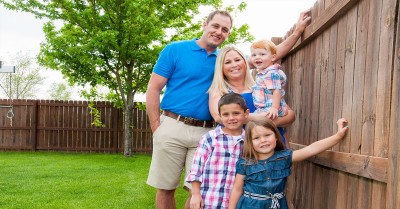

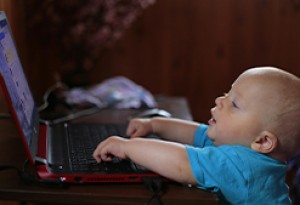
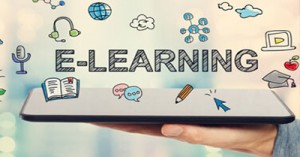
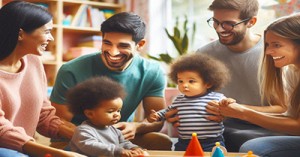
 Here is the list of the EYLF Learning Outcomes that you can use as a guide or reference for your documentation and planning. The EYLF
Here is the list of the EYLF Learning Outcomes that you can use as a guide or reference for your documentation and planning. The EYLF The EYLF is a guide which consists of Principles, Practices and 5 main Learning Outcomes along with each of their sub outcomes, based on identity,
The EYLF is a guide which consists of Principles, Practices and 5 main Learning Outcomes along with each of their sub outcomes, based on identity, This is a guide on How to Write a Learning Story. It provides information on What Is A Learning Story, Writing A Learning Story, Sample
This is a guide on How to Write a Learning Story. It provides information on What Is A Learning Story, Writing A Learning Story, Sample One of the most important types of documentation methods that educators needs to be familiar with are “observations”. Observations are crucial for all early childhood
One of the most important types of documentation methods that educators needs to be familiar with are “observations”. Observations are crucial for all early childhood To support children achieve learning outcomes from the EYLF Framework, the following list gives educators examples of how to promote children's learning in each individual
To support children achieve learning outcomes from the EYLF Framework, the following list gives educators examples of how to promote children's learning in each individual Reflective practice is learning from everyday situations and issues and concerns that arise which form part of our daily routine while working in an early
Reflective practice is learning from everyday situations and issues and concerns that arise which form part of our daily routine while working in an early Within Australia, Programming and Planning is reflected and supported by the Early Years Learning Framework. Educators within early childhood settings, use the EYLF to guide
Within Australia, Programming and Planning is reflected and supported by the Early Years Learning Framework. Educators within early childhood settings, use the EYLF to guide When observing children, it's important that we use a range of different observation methods from running records, learning stories to photographs and work samples. Using
When observing children, it's important that we use a range of different observation methods from running records, learning stories to photographs and work samples. Using This is a guide for educators on what to observe under each sub learning outcome from the EYLF Framework, when a child is engaged in
This is a guide for educators on what to observe under each sub learning outcome from the EYLF Framework, when a child is engaged in The Early Years Learning Framework describes the curriculum as “all the interactions, experiences, activities, routines and events, planned and unplanned, that occur in an environment
The Early Years Learning Framework describes the curriculum as “all the interactions, experiences, activities, routines and events, planned and unplanned, that occur in an environment